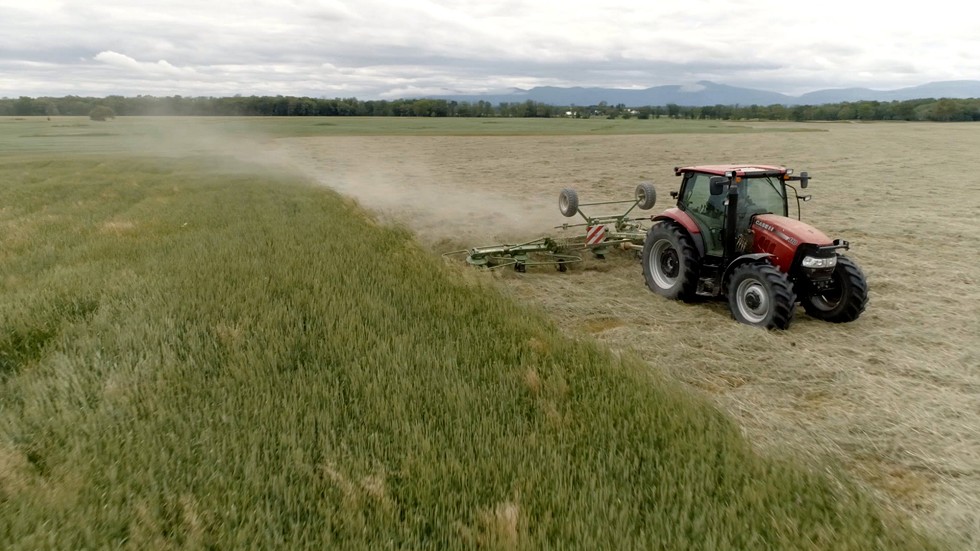While the man or woman on the street has been dutifully loading up his or her cloth bag with organic produce from the local farmer’s market or CSA in recent years, a new term has risen to the top of the farmer’s dung heap: regenerative.
The difference between organic and regenerative farming? Practitioners of the latter method suggest that in most cases, organic farms have simply replaced the chemical inputs with so-called “natural” inputs. But the farming processes remain basically the same.
By comparison, regenerative farming is “the result of a fundamentally different understanding of the way plants grow,” says farmer Ben Dobson, with an emphasis on soil health, tilling, diversity, rotation and cover crops, water management, monitored use of livestock and fertilizers, and more.
The Rodale Institute says that regenerative farming “improves the resources it uses, rather than destroying or depleting them,” and poses this question: “Why should we settle for simply sustaining the current degraded state of our world, when we know how to regenerate it?”
The ultimate goal of regenerative farming is to keep carbon in the ground, rather than releasing it willy-nilly into the air. The last thing we need are more greenhouse gases in the atmosphere, and farmers around the globe, merely by turning over soil, are big culprits.
Here in the Hudson Valley, farmers are already on the front lines of climate change, wrestling with the impacts which worsen each year: more rain, less rain, hotter days, shorter seasons, longer seasons. Healthy soil is a necessary ingredient for all of these farmers.
Successful examples of both farming methods—organic and regenerative—abound throughout the Hudson Valley, and many farms practice a bit of each. Earlier in the year, we at Oceans 8 Films spent time with farmers in Dutchess and Columbia counties to try and assess for ourselves some of what the early-adapting regenerative farmers are thinking. The result is a short film called Keeping Carbon, part of our Hudson River Stories series.
Our explainers include scrappy, seat-of-the-pants dairy farmer Sarah Chase of Chaseholm Farm in Pine Plains; big-brained, man-of-action Ben Dobson, who manages the 2,500-acre Stone House Grain in Hudson; Mark Doyle and his “beyond organic” ethos at Fishkill Farms in Hopewell Junction; and Abby Rockefeller’s Churchtown Dairy, outside Hudson.
Each of the farmers we met is learning, changing, progressing in their own way towards a cleaner method of farming, united by one goal: Contributing less carbon to the atmosphere. If they had a motto, it might be: “If you take care of your soil, it will take care of you.”
As Abby Rockefeller told us, “Carbon is a good thing, as long as it’s kept where it belongs, in the soil. It’s only a bad thing when it’s in the wrong place.”













